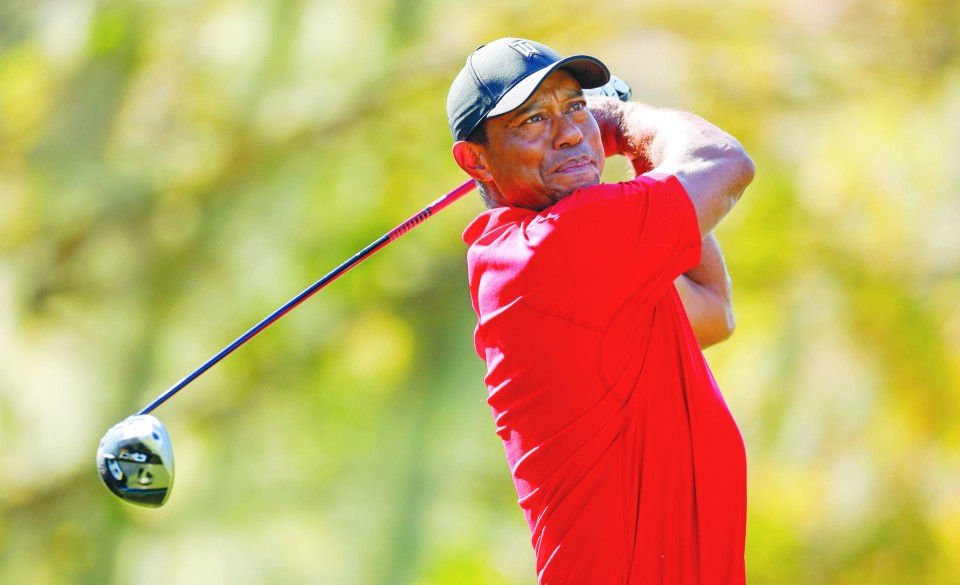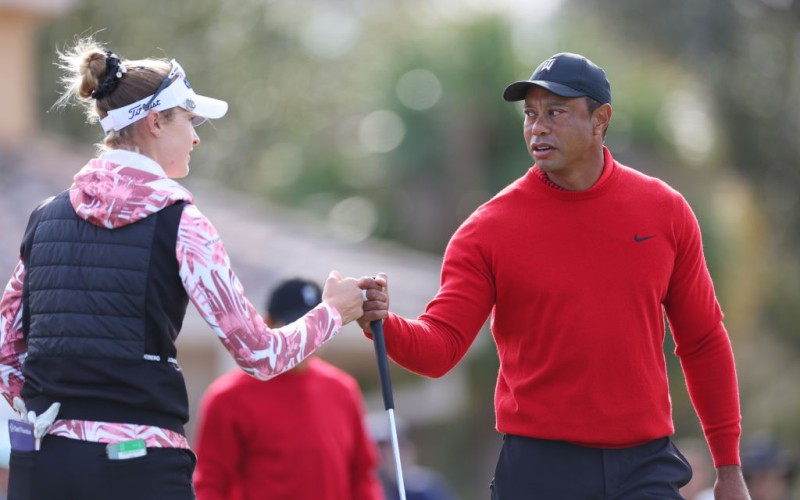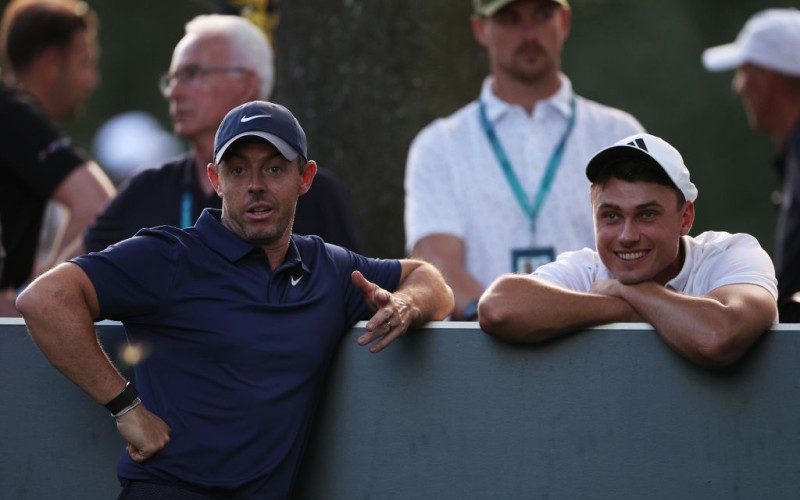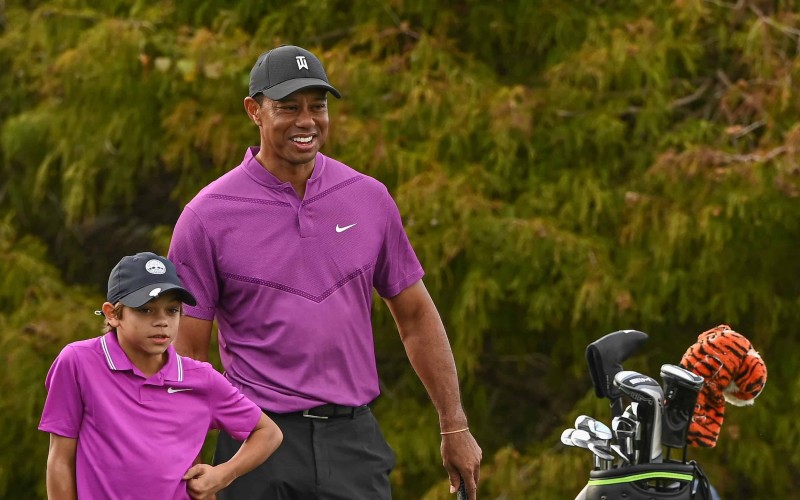By Jonathan Craddock, PGA Professional, Peter Cowen Academy
Tiger Woods looks set to return to the world of professional golf in 2024, and I cannot wait to see him back.
It’s well-documented the 15-time Major champion has struggled with injuries, but this latest comeback carries hope. He recently told the press he plans to play a tournament a month this year, which is great news for fans. We also saw a glimpse of him in action at the 2023 PNC Championship, and he can clearly still play great golf.
However, his biggest battle is the challenge of walking 72 holes, and his swing has also changed. Let’s take a look a what he still does so well in his movement.

- Tiger’s ability to attract a crowd is second to none, and he’s certainly changed the face of the sport with physical and mental prowess. Following all his injuries, the American can still rip It. This is down to his knowledge of the movement. He’s not only a great player but he studies the golf swing.

2. He’s always stood over the ball in such a commanding way, arms hanging from the shoulders, lower abs and glutes engaged. He starts the movement with a disciplined one-piece takeaway which has always been his hallmark move. Note how the club moves up and out above the ball as the left side of the body lowers.

3. Clubhead remains in front of his hands as the body spirals around and up. Tiger maintains control with the clubface pointing downwards. Tiger’s clubface points towards four o’clock; many golfers reading this may have it towards the sky or two o’clock at this moment.

4. Here, the right arms start to fold and the wrists start to set. Look how Tiger’s clubface is almost on the back of his neck at this point, one might call this steep. That said, it would be worth considering what shot shape he is trying to produce here.

5. The 48-year-old has always been able to maintain such leverage with the extension of the left arm from the left shoulder. As he does this, make sure to pay attention to how his left knee has movement downwards in the opposite direction to the right side to load and stretch the spiral.

6. Tiger’s lower half has begun his transition with the reverse action of the lower half. We can see here how the visibility of the left thigh from this angle is beginning to reduce, indicating the reversing spiral of the lower half to instigate his transition.

7. Tiger pressures the ground really well. This is where he can sometimes be his own worst enemy leaving the arms and club behind as he spins the body action. If this happens, it would lead to misses right and left. This is not the case here though as Tiger moves into a powerful position.

8. In my prior discussion, Tiger’s intentions are evident, harmonising with his movements. Essential tip: Choose your target, shot shape, and practice the corresponding movement for the desired result. Home practice of specific movement drills are vital.

9. Look at the room between his hands and left hip, and how the left leg has pushed the ground to create room for the arms and club to pressure the ball. His lower half is spiralling around and up, but we can still see a little of the left arm showing the separation between each segment.

10. Effective energy transfer in golf hinges on body separation. The swing involves a blend of body pull and push forces, prompting the inquiry: push or pull first? Despite its scientific semblance, golf’s intricacies find explanation in physics and geometry. Tiger aligns his body action with arm, hand, and club motion, helping to maximise power.

11. Tiger holds posture wonderfully. In the previous slide note how the right hip is lower than the left and the footwork is rather steady as the energy moved from the ground through the body to create the balanced finish position. Belt buckle pointing at target and shoulders to the left.

12. Amateurs, I’d like to see you extend your postshot routine by holding the finish position for longer. It’s an isometric contraction, enhancing muscle structure and fostering strength, crucial for balance, consistency, and power. Observe Tiger and Rory as exemplars of enduring finish positions for optimal results.











